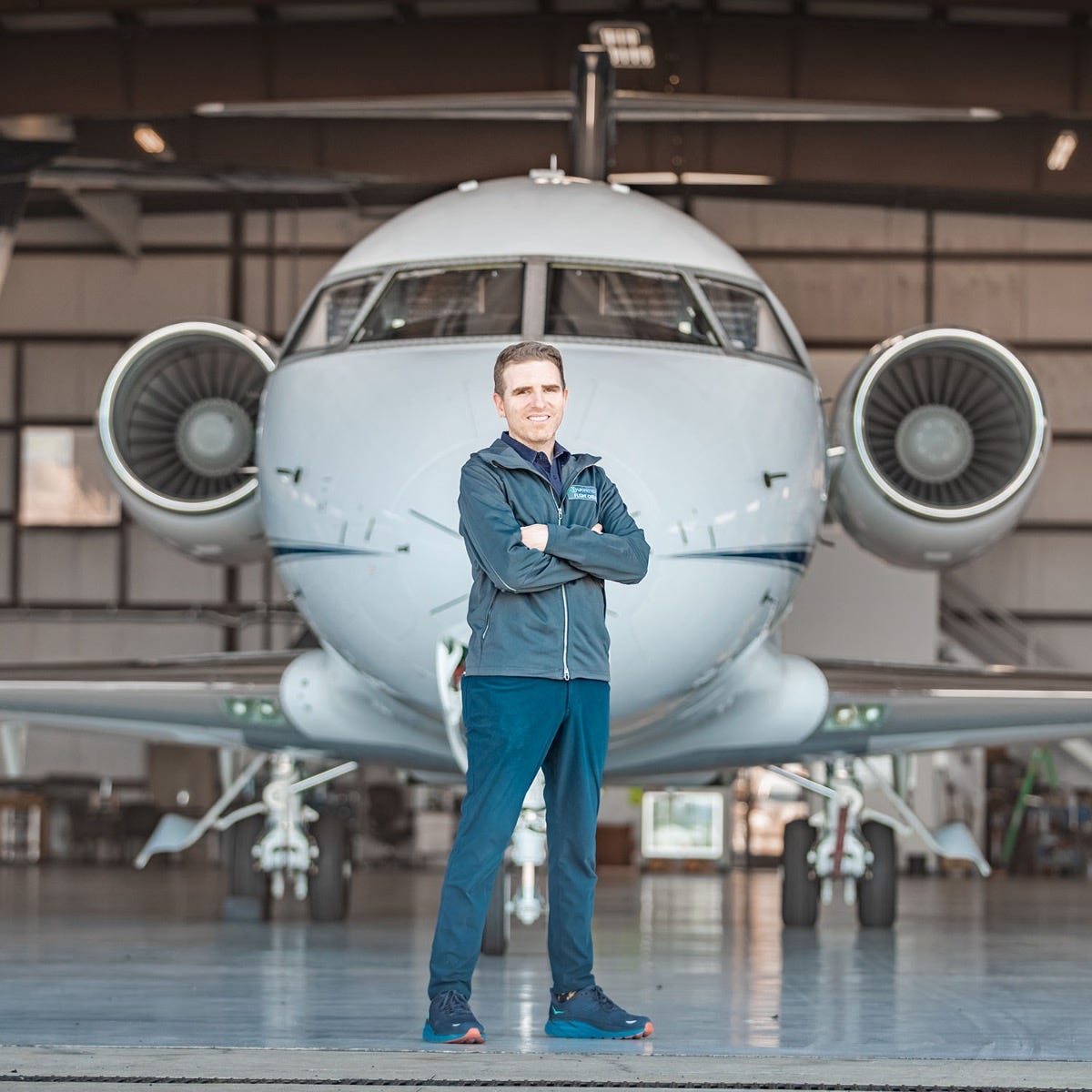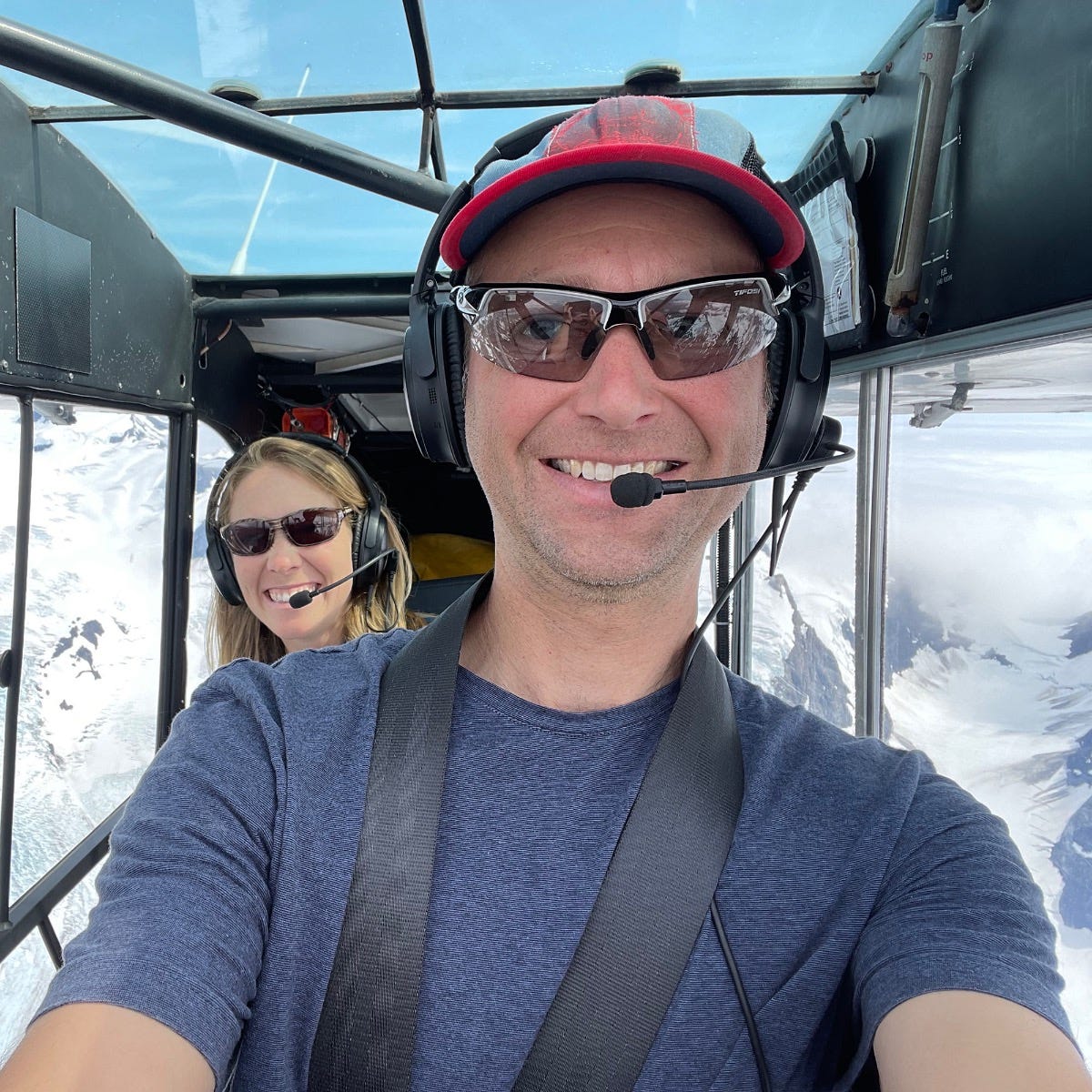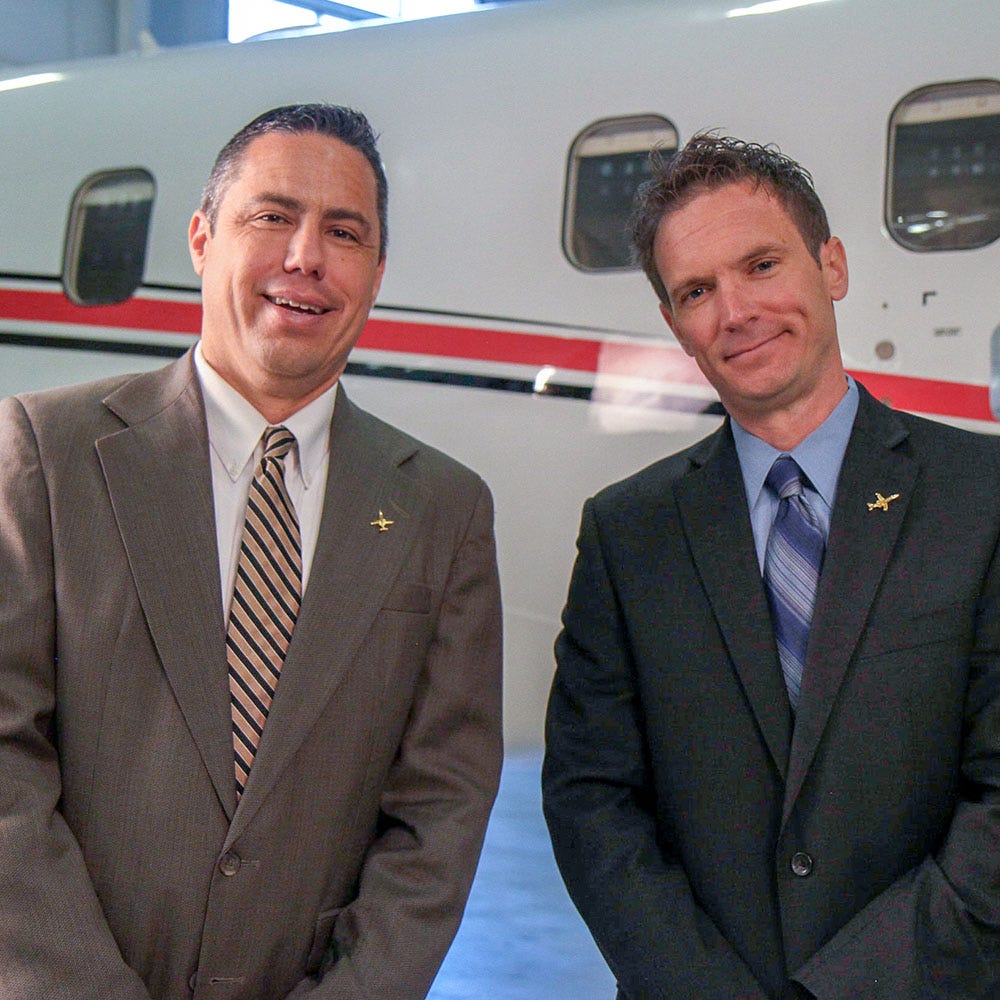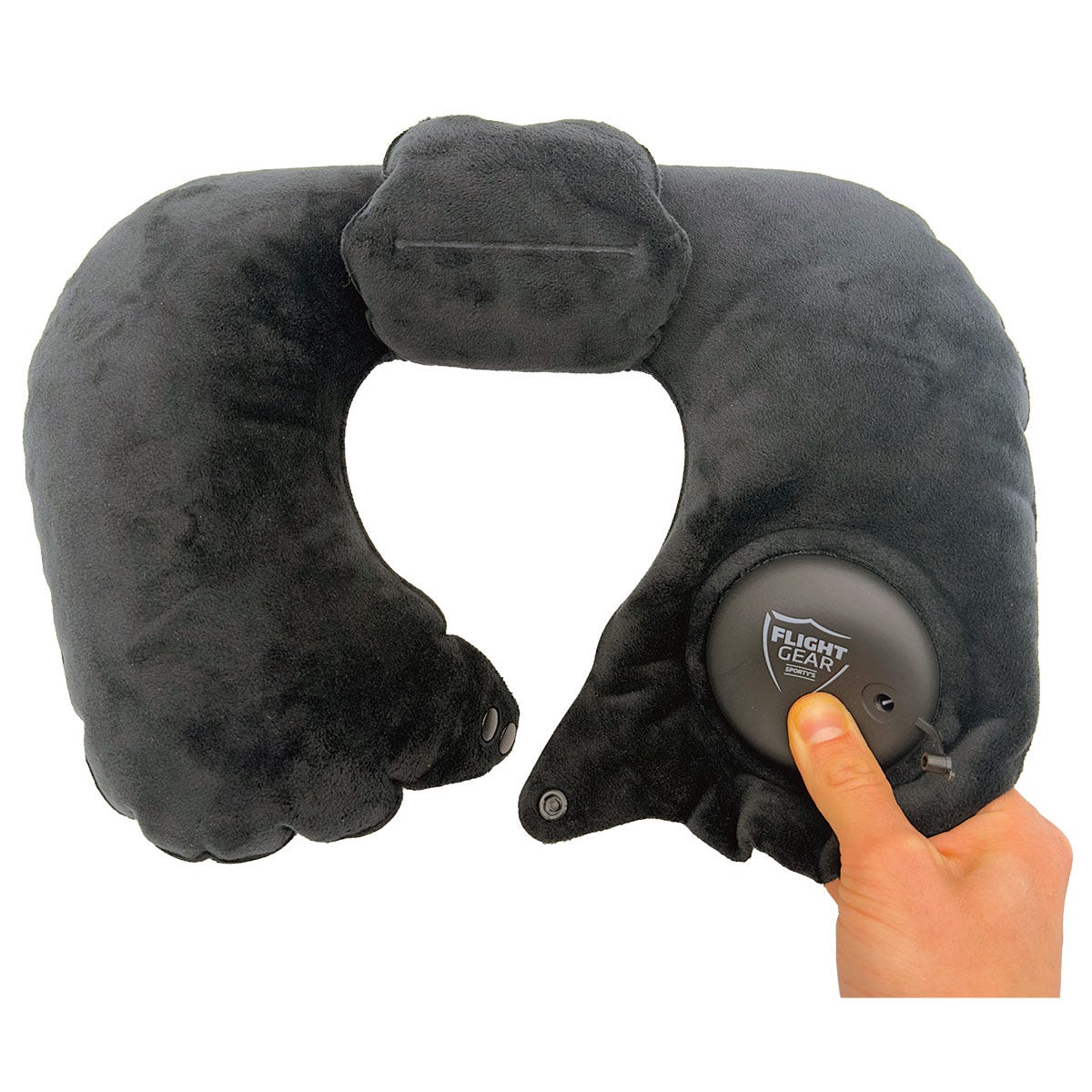
Basic noise canceling headsets for pilots had been available since the mid-1970s, but hardly any pilots used them. Even those pilots who did wear headsets usually wore basic microphone earpieces, not full coverage models. That included me - Macho Hal would never wear ear protection. I thought headsets were ridiculous and my hearing was just fine.
By the 1990s, I was wearing a noise cancelling headset in the cockpit, and it made a big difference. ATC was much easier to understand and I wasn’t as tired after a long flight. Unfortunately, I had waited too long and began to suffer from noise-induced hearing loss. My macho attitude caught up with me.
One day at a company meeting, I couldn’t understand the conversation going on and I joked that, “Maybe I need a hearing aid.” When I noticed a trusted colleague silently nodding his head, I knew it was no joke. In fact, it was amazing how bad my hearing had become. In particular, I noticed that while I could generally hear people, it was much harder to understand the words being spoken. Now I can’t live without a hearing aid.
My advice to pilots today - especially new ones just starting out - is to take hearing protection seriously. Repeated exposure to noise of more than 85 decibels can lead to permanent hearing loss; unfortunately the noise level in a Cessna 172 cockpit is typically over 100 dB.
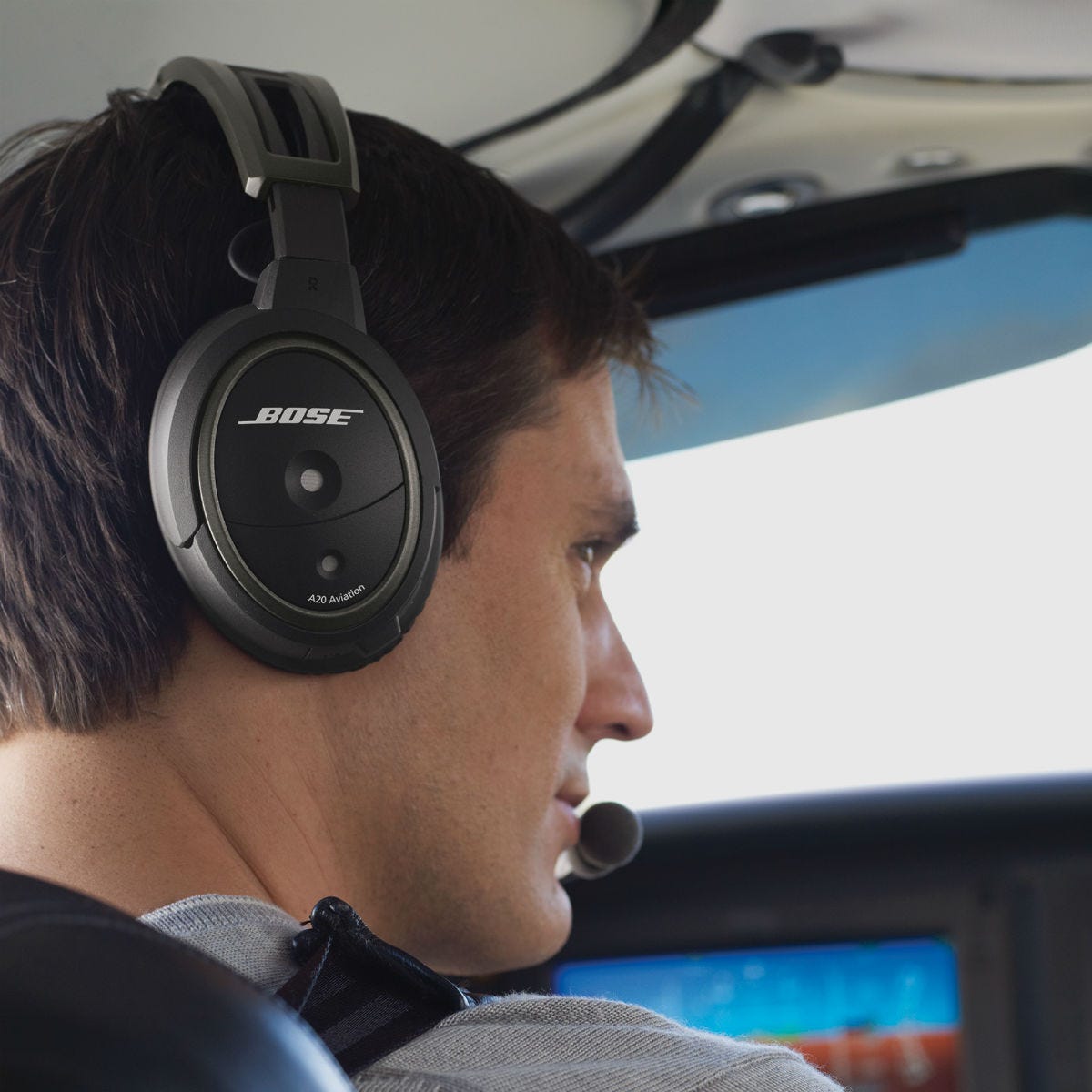
Of course that’s just flying. If you go to rock concerts or night clubs, you will definitely be exposed to noise over 100 db. Even a few minutes of exceedingly loud music can have long-lasting effects. The time to take care of your ears is now - not when it’s too late.
The good news is that technology has made significant advances over the last 20 years. The latest Active Noise Reduction (ANR) headsets from Bose, Lightspeed, and David Clark can dramatically reduce cockpit noise, but without an uncomfortably tight fit on your head. Plus, high quality headset speakers and noise canceling microphones make it much easier to communicate with co-pilots, passengers, and ATC.
The lesson is to buy the best headset you can afford and wear it on every flight. It will make flying safer and more comfortable, but it’s also an important investment in your long term health. Spending $1,000 on a headset may seem wasteful - I can tell you it most certainly is not.

